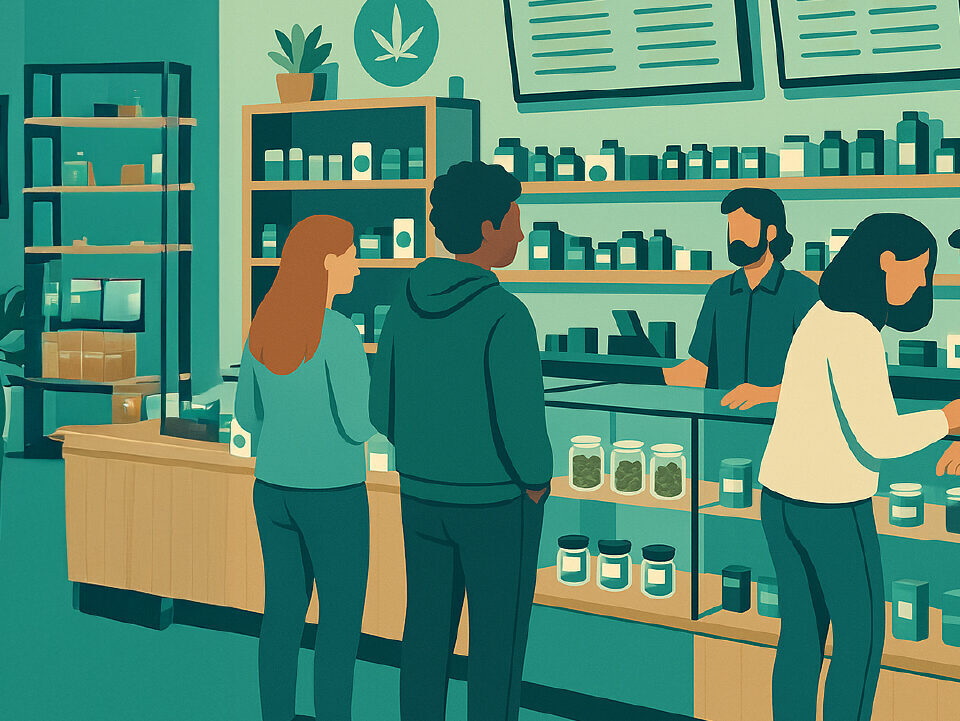Business Challenges Intensify Amid Falling Prices in California

On-Demand Services Become Vital Within the Maturing Retail Marketplace
March 23, 2018
Operators Should Prepare for Agreement Before any Risk of Shipment
March 23, 2018By J.J. McCoy, Senior Managing Editor for New Frontier Data
What We Have Learned: Falling prices in the expanded California markets will drive operators to focus on performance efficiency and cost savings even while trying to establish branding and consumer engagement.
(Sept. 10, 2017) — As the burgeoning cannabis market has started to mature in markets across the country, myriad lessons are being learned daily about cultivation, marketing and regulations. Yet, the universal lesson so far is that commodity prices drop as legalized markets open.
As noted recently in the Wall Street Journal, prices in the $8 billion U.S. cannabis market have dropped by nearly 1/3 throughout the last couple of years, from an average near $15 a gram in 2015 to a current value around $10.
Cannabis prices have fallen, naturally enough, due to saturation of the plant in the 30 states now with some form of legalized program in place. Adult users and patients with cannabis prescriptions for health ailments have enjoyed dropping prices through wholesale decreases.
Conversely, the people most affected in the market chain from seed to customers’ hands are farmers like Sunshine Johnston, owner and lead farmer of Sunboldt Grown in Humboldt County, Calif. She describes her operation as a micro-farm, yielding 200-250 pounds of cannabis annually.
“The most frustrating part of it for me through the past few years is that there is no data, there are no numbers,” she said. “How much is in each county? What kind of strains are moving? There is no transparency; it’s all talk and rumors. I don’t even know whether I am actually competing with the Central Valley, or people just assume I am.”
New Frontier Data is in the process of data collection through a Humboldt County cannabis growers survey, due for release mid-fall.
In Johnston’s case, a third party takes her cultivated cannabis to sell at a medical dispensary. Dispensaries typically operate with a 50% or higher margin; meantime growers have similar expenses going into the regulated market, which leaves them with a smaller margin to share with distributors and transporters.
She is also feeling a pinch from the lack of solid market data. “From an economic point of view,” she said, “if there are no numbers, what are you doing? Here is this billion-dollar industry, where you cannot tell what is going on. As farmers, we have to take whatever numbers are thrown out there at us. Once they establish the track-and-trace, that will help. Right now, there are no grading or sorting standards.”
For decades, California cannabis growers cultivated flower without any need to report, keep quality control, or meet any consumer protection standards. Now, each link of the cannabis distribution chain must be tracked: From the location of every plant, to who purchased it (i.e., seed-to-sale).
Meanwhile, the information-gathering is conducted in a dynamic regulatory environment which is incomplete to begin with, but continues to change in a quasi-legal environment.
Johnston says that her strategy is to hold on until the market becomes more transparent. Most recently she did baseline farming, “to see how much I can get for as little as possible.”
Beyond an investment in bio-char, she said, “most of my crop is dry-farmed, with no fertilizer. There’s no trellising, either. I partnered with a hash-maker, so I have no trimming.”
While the agricultural “organic” label is determined by the U.S. Department of Agriculture, which as part of the federal government officially considers the entire cannabis industry to be illegal, Humboldt County farmers are still trying to appeal to customers interested in sustainability and purity.
“In Humboldt County, we are resourceful, and do band together to try and help one another,” Johnston said, “sharing information and connections for access to market.”
Ultimately, falling prices will drive operators to focus on performance efficiency and cost savings, while the growing selection of products across the market, chasing to meet evolving consumer appetites, will place new and heightened importance on branding and consumer engagement.
“Prices will come back up when there is transparency in the marketplace, some quality standards, a grading system, and once the craft market is developed,” Johnston said. “I hope that people can find it in themselves to go through the process and jump through the hoops, but people have to make that choice.”

J.J. McCoy
J.J. McCoy is Senior Managing Editor for New Frontier Data. A former staff writer for The Washington Post, he is a career journalist having covered emerging technologies among industries including aviation, satellites, transportation, law enforcement, the Smart Grid and professional sports. He has reported from the White House, the U.S. Senate, three continents and counting.




